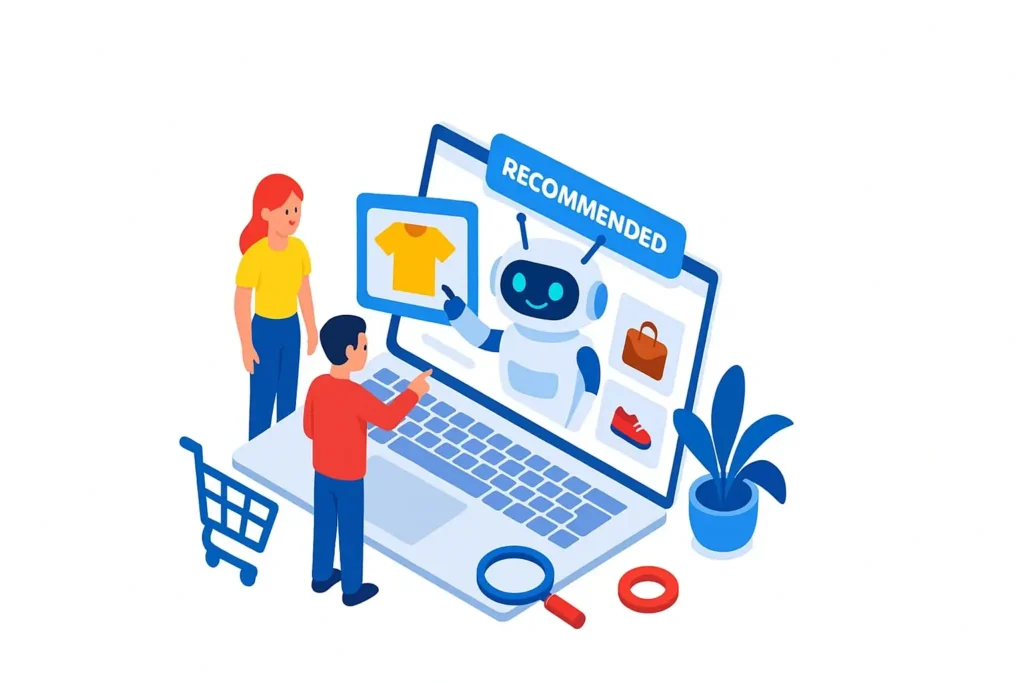Who doesn’t appreciate personalized service—where your needs are heard, and a product is chosen as if it were made just for you? eCommerce personalization stats show that 91% of consumers prefer brands that provide personalized recommendations, and 80% are more likely to buy from a company that offers a tailored experience.
Personalization isn’t just a trend—it’s a necessity for businesses that want to stay competitive in the digital space. Brands that successfully implement personalization strategies see increased conversions, higher customer retention, and stronger brand loyalty.
An interesting fact? Amazon’s recommendation engine alone is responsible for nearly 35% of its total sales, proving just how powerful personalization can be [1]. Perfect personalized customer experience examples – Amazon and Sephora, Nike and Netflix, Spotify and ASOS, and other popular brands, which are the driving force. By leveraging artificial intelligence, customer data, and behavior analysis, eCommerce businesses create unique shopping experiences that make customers feel valued and understood.
What is eCommerce Personalization?
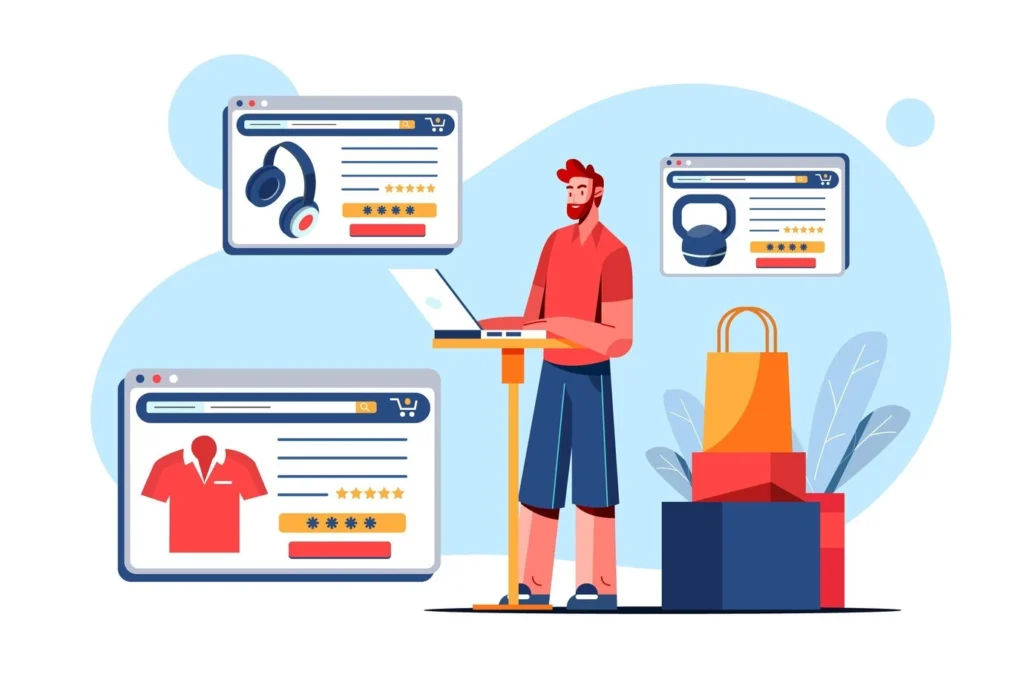
eCommerce personalization is the practice of tailoring the online shopping experience to individual customers based on data such as browsing history, purchase behavior, demographics, and real-time interactions.
This can include personalized product recommendations, dynamic pricing, targeted email marketing, and localized content. The goal is to create a seamless, relevant experience that increases engagement and conversions.
The Difference Between Personalization and Customization in eCommerce
Personalization often gets confused with customization. While personalization and customization in eCommerce both aim to enhance user experience, they differ in execution.
Personalization is automated and data-driven—businesses analyze customer interactions to suggest relevant content, products, or offers. Customization, on the other hand, is user-driven—customers manually choose preferences, such as selecting product features or adjusting website themes. Together, these strategies create a more engaging and satisfying shopping journey.
The Core Levels and Methods of Personalization in eCommerce
Personalization in eCommerce can be implemented on three levels.
- Basic personalization includes name-based greetings in emails.
- Behavioral personalization adapts based on past purchases and browsing history.
- Predictive personalization leverages AI to anticipate customer needs before they even express them.
There are also two key methods of personalization. Personalization can be achieved through explicit methods, where customers provide input, and implicit methods, which rely on data analysis to infer preferences.
What are the 4 Ds of personalization?
The 4 Ds are Data, Decisioning, Design, and Delivery—the essential components of an effective personalization strategy.
eCommerce Personalization Techniques
- Dynamic product recommendations– Suggesting products based on browsing behavior and past purchases.
- Personalized email marketing – Sending targeted emails with customized content.
- Custom Landing Pages for Different Audiences
- User-generated content – Featuring customer reviews and images to build trust.
- Behavior-triggered messaging – Automating messages based on user actions, such as abandoned carts.
- Localized content – Offering promotions and products tailored to regional preferences.
- Personalized Search Experiences – search results based on individual user behavior, preferences, and past interactions.
- Leveraging AI and Machine Learning for Personalization – Analyzing vast amounts of customer data to predict preferences, optimize recommendations, and deliver hyper-personalized experiences at scale.
- Integrating Social Media for Personalization – To create tailored ads, recommendations, and campaigns that align with customer interests and behaviors.
These strategies not only enhance user experience but also increase customer loyalty and boost sales. Below, we’ll tell you more about each type of website personalization with eCommerce personalization examples, personalization marketing examples, and the best eCommerce personalization software.
Benefits for the Buyer and Seller from Personalization

For Buyers
- Better shopping experience – Customers receive relevant product recommendations, making it easier to find what they need.
- Time-saving – Personalized search and recommendations reduce browsing time.
- Exclusive offers and discounts – Shoppers get special deals based on their preferences.
- More engagement – Interactive and tailored content keeps customers interested.
For Sellers
- Higher conversion rates – Personalization leads to increased purchases.
- Customer loyalty – Engaged shoppers are more likely to return.
- Reduced cart abandonment – Targeted reminders encourage completed purchases.
- Increased revenue – Personalized experiences drive higher-order values.
Dynamic Product Recommendations
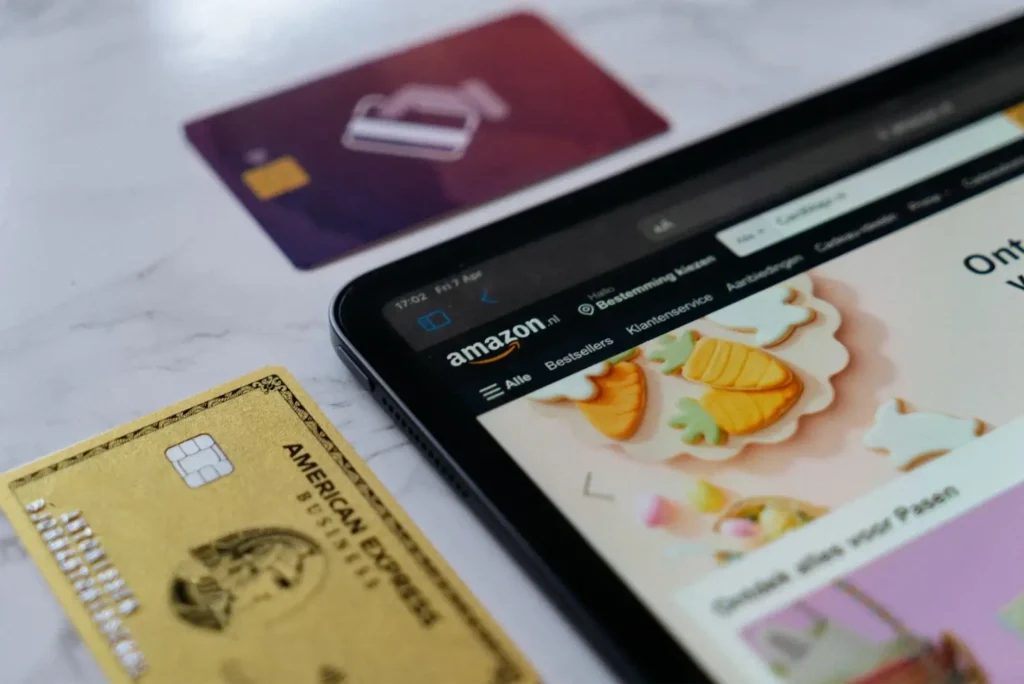
Personalized product recommendations enhance the shopping experience by displaying relevant items based on browsing history, past purchases, and user behavior.
Amazon: The King of Personalized Shopping
One of the best eCommerce personalization examples is Amazon. Amazon’s recommendation engine analyzes user interactions, comparing them with millions of other shoppers. When customers visit the homepage, they see sections like “Inspired by Your Browsing History”, “Frequently Bought Together”, and “Customers Who Bought This Also Bought”. This dynamic system ensures that customers always see products that align with their interests. For buyers, this means a more streamlined shopping experience, while for Amazon, it leads to higher conversion rates and repeat purchases.
Personalization Tools for eCommerce Product Recommendations
- eSelf.ai is a powerful tool from AI personalization eCommerce examples that provides users with real-time video product advice.
- Nosto – Provides AI-driven personalized recommendations based on customer segments.
- Dynamic Yield – Offers adaptive recommendation widgets that evolve with customer behavior.
- Algolia Recommend – Enhances product discovery through machine-learning-driven suggestions.
Personalized Email Marketing Campaigns
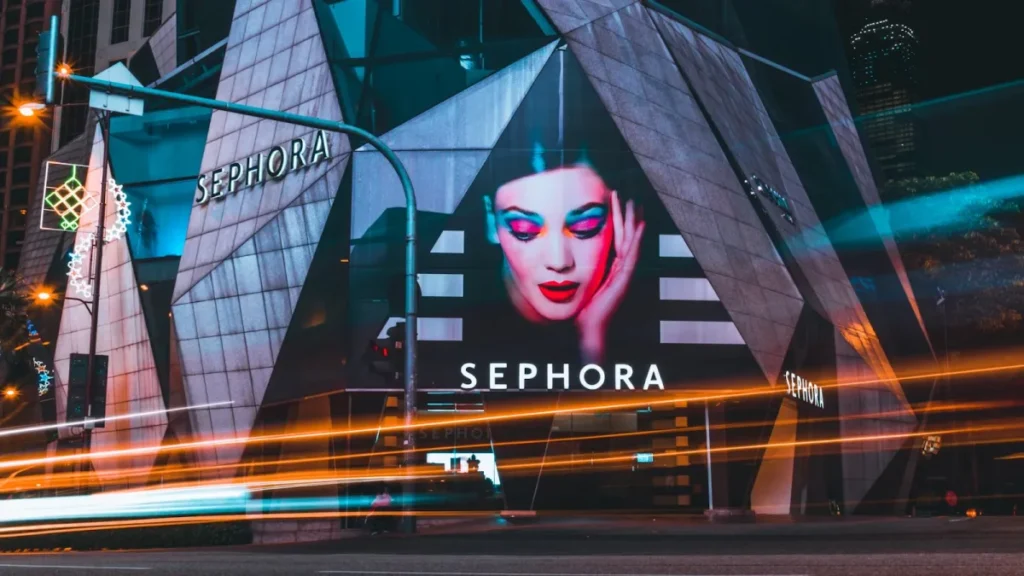
Email personalization involves sending targeted messages based on user behavior, preferences, and past purchases.
Sephora: Beauty Meets Personalization
Sephora customizes emails by integrating purchase history and browsing behavior. If a customer buys a foundation, Sephora might send a follow-up email with complementary products like primers or setting powders. These emails also contain personalized beauty tips, exclusive offers, and restock reminders. For customers, this means receiving emails that truly resonate with their needs, while Sephora benefits from improved engagement and repeat sales.
Platforms for Email Personalization
- Klaviyo – Enables behavior-based email automation with deep customer insights.
- Mailchimp – Offers segmentation tools to tailor campaigns to different audience groups.
- Omnisend – Specializes in multi-channel marketing automation for eCommerce brands.
Custom Landing Pages for Different Audiences
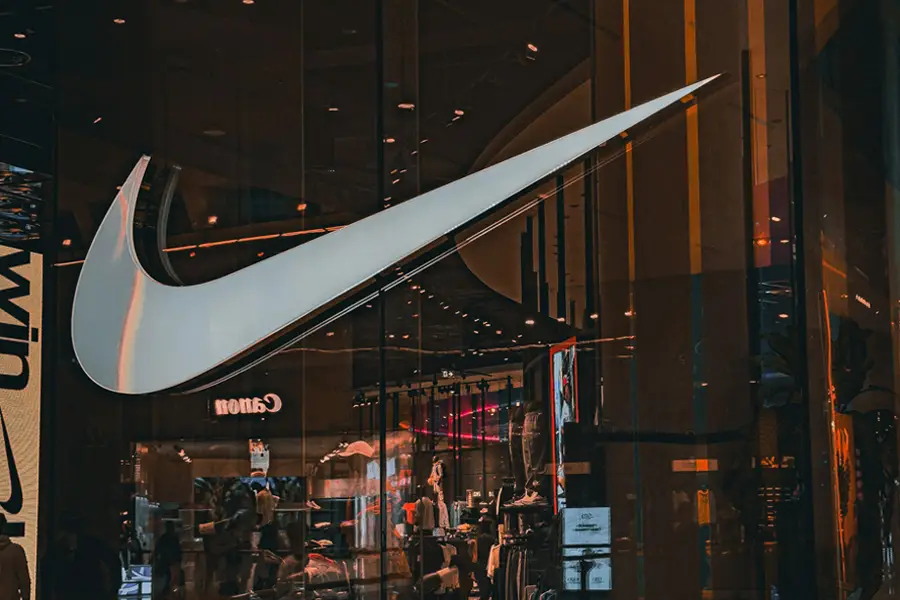
Businesses design unique landing pages that cater to different customer segments.
Nike: Personalized Shopping Experiences
Nike creates landing pages tailored to customers based on their location, gender, and shopping history. If a user frequently browses running gear, their homepage might highlight new running shoes, training programs, and athlete endorsements. This not only enhances engagement but also encourages purchases by making the shopping experience feel more intuitive and relevant.
Tools for Custom Landing Pages
- Unbounce – Enables A/B testing and dynamic content based on audience segmentation.
- Instapage – Allows businesses to create personalized landing pages for different traffic sources.
- Optimizely – Uses AI-powered experiments to optimize landing page content for different users.
How does website personalization work?
Website personalization examples include analyzing customer behavior, preferences, and interactions to deliver tailored content, product recommendations, and offers.
User-Generated Content and Reviews
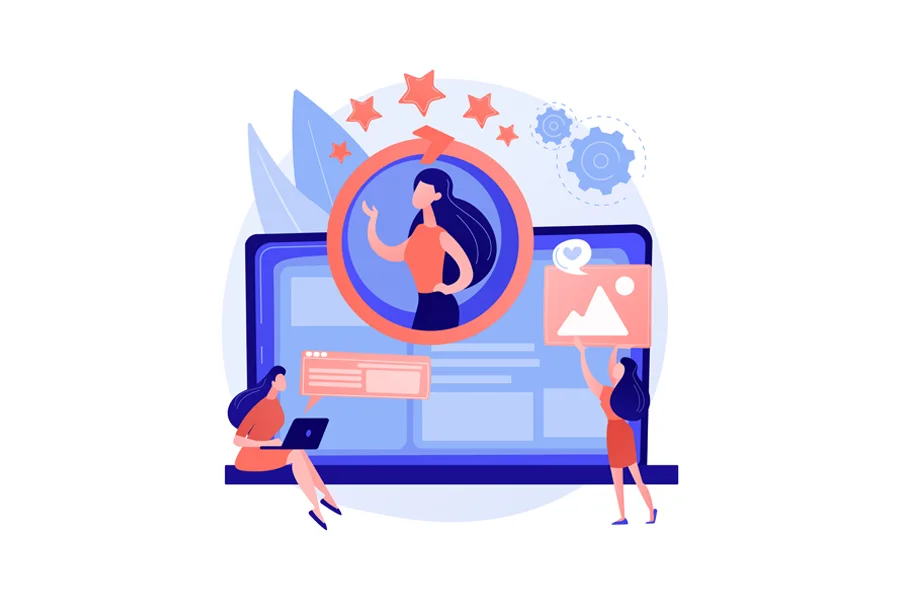
Incorporating customer reviews, photos, and testimonials builds trust and authenticity.
Glossier: Community-Driven Personalization
Glossier integrates real customer photos and testimonials into product pages. When shoppers browse a product, they see user-generated images showcasing how the item looks on different skin tones. This interactive approach helps buyers make informed decisions, while Glossier benefits from increased social proof and brand credibility.
Personalization Tools for eCommerce User-Generated Content
- Yotpo – Collects and showcases customer reviews and photos.
- Bazaarvoice – Integrates authentic user-generated content into product pages.
- Loox – Helps eCommerce brands build trust with photo and video reviews.
Behavior-Triggered Messaging

Real-time behavioral triggers allow businesses to send personalized messages based on user actions.
ASOS: Reducing Cart Abandonment
ASOS sends timely cart abandonment emails featuring images of left-behind products, personalized discounts, and urgency-driven messages. Customers appreciate the reminders and incentives, while ASOS sees a significant increase in cart recovery.
Tools for Behavior-Triggered Messaging
- Braze – Delivers targeted push notifications and in-app messaging.
- Iterable – Creates dynamic, behavior-based email and SMS campaigns.
- ActiveCampaign – Automates customer journeys with predictive content suggestions.
Localized Content and Offers
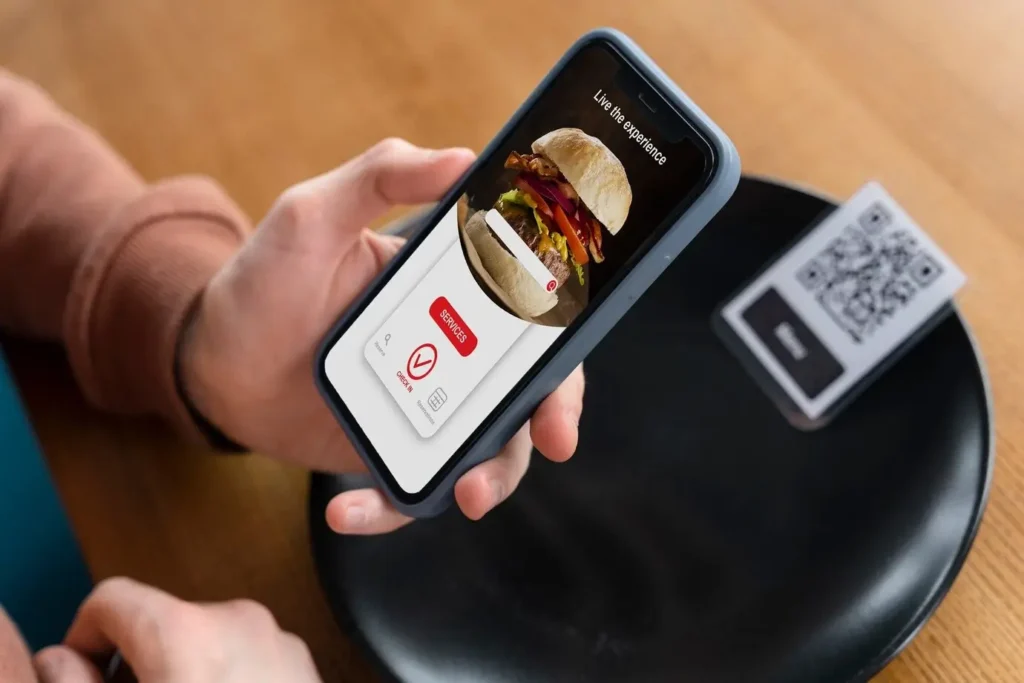
Localization adapts content and promotions to regional preferences.
McDonald’s: Region-Specific Promotions
McDonald’s personalizes app promotions based on the customer’s location. Whether it’s a spicy menu for one region or a discounted breakfast combo for another, localized offers ensure higher engagement. This benefits customers by providing relevant deals and helps McDonald’s boost sales in specific markets.
Tools for Localization
- Transifex – Manages multi-language content for global brands.
- Phrase – Enables automated translation for eCommerce websites.
- Smartling – Provides AI-powered localization for personalized user experiences.
Personalized Search Experiences
Personalized search engines improve user experience by displaying results based on previous searches and preferences. By analyzing past interactions, these systems provide highly relevant product listings, ensuring customers find what they need faster.
Etsy: Crafting a Unique Search Experience for Every Shopper
Etsy uses advanced AI-powered search personalization to tailor results based on users’ browsing history, purchases, and favorited items. Instead of generic search results, customers see listings that match their unique tastes. This enhances user experience by reducing search time and increasing the likelihood of purchase. Shoppers feel valued, knowing the platform understands their style, while Etsy benefits from increased engagement, higher conversion rates, and repeat business.
Tools for Personalized Search Experiences
- Algolia – AI-powered search personalization for eCommerce platforms.
- SearchSpring – Enhances site search with behavior-driven personalization.
Leveraging AI and Machine Learning for Personalization
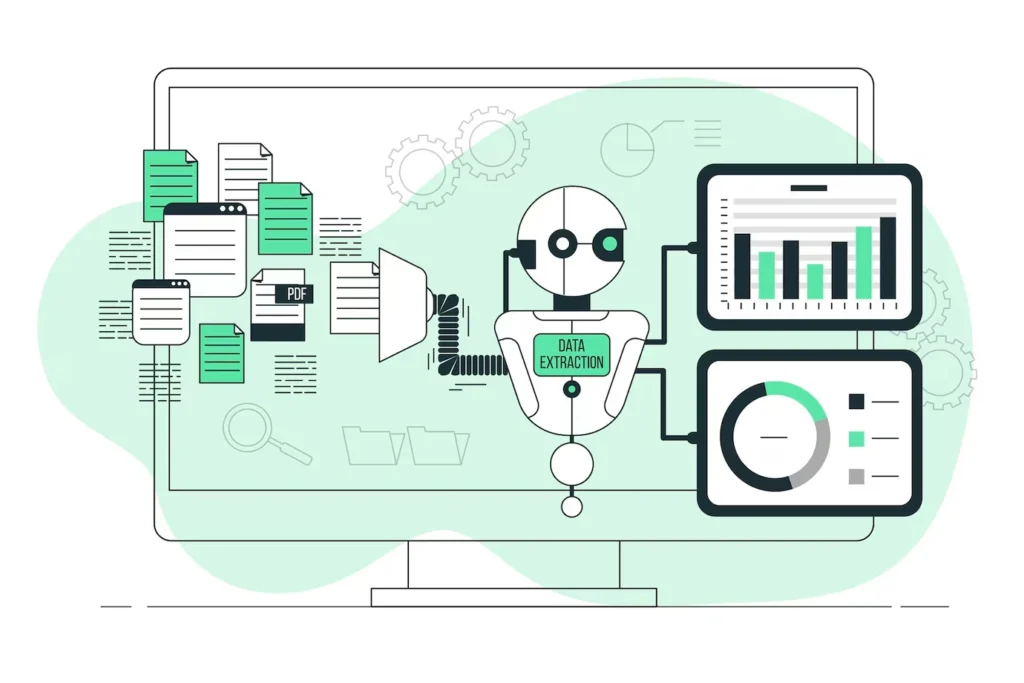
Artificial intelligence and machine learning enhance eCommerce personalization by analyzing customer behavior, predicting preferences, and delivering tailored experiences at scale. These technologies optimize product recommendations, email campaigns, and website experiences based on real-time data.
Netflix: Mastering AI-Driven Personalization
Netflix is a prime example of AI-powered personalization. The streaming giant analyzes viewing habits, ratings, and watch times to deliver customized recommendations. Over 80% of content watched on Netflix comes from AI-driven suggestions, proving the power of predictive personalization. For users, this means a curated experience with minimal effort, while Netflix benefits from longer watch times and increased subscriber retention.
AI Tools for Personalization
- Dynamic Yield – AI-driven content and product recommendations.
- Bluecore – Predictive AI for email and site personalization.
Integrating Social Media for Personalization
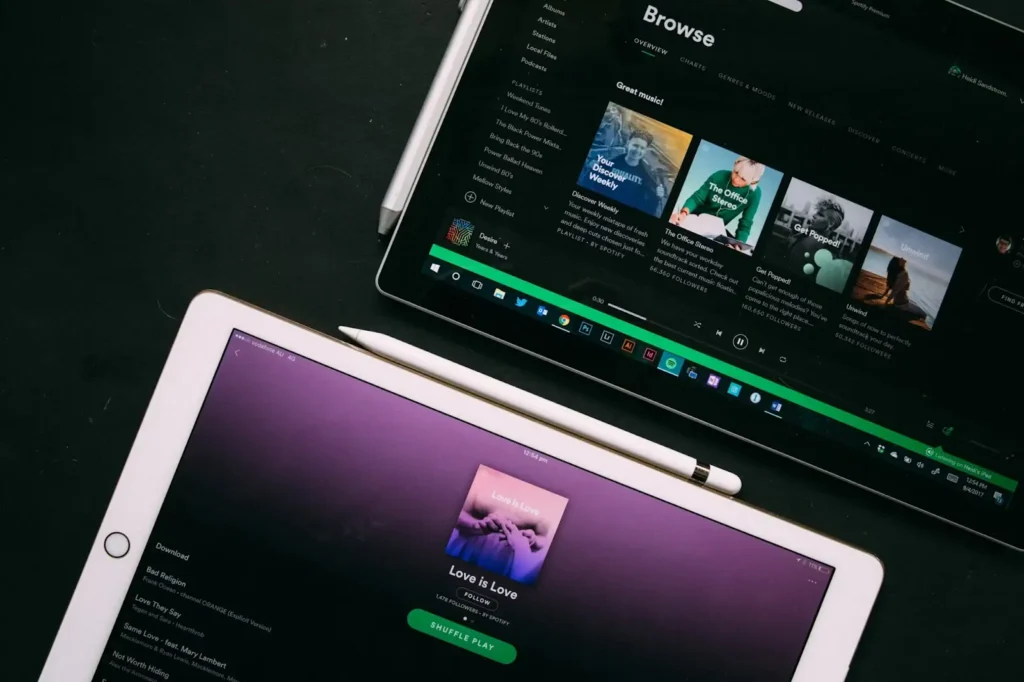
Brands leverage social media data to personalize customer interactions, creating a seamless omnichannel experience. Social platforms help eCommerce businesses understand user preferences and offer targeted recommendations, promotions, and ads.
Spotify: Turning Social Media into a Personalization Playground
Spotify takes social media personalization to the next level with its “Wrapped” campaign, which uses AI to analyze listening habits and generate shareable, personalized reports. This not only increases engagement but also encourages organic marketing through social shares. Customers love seeing their music stats, while Spotify benefits from viral marketing and increased user retention.
Tools for Social Media Personalization
- Hootsuite – AI-powered social media analytics and content personalization.
- Sprinklr – Enables brands to deliver personalized interactions across social platforms.
- Emplifi – AI-driven social media insights for customer engagement.
Why eCommerce Personalization is the Future

eCommerce personalization is transforming the way brands engage with their customers. As AI and machine learning continue to evolve, businesses can offer even more precise recommendations, and tailored experiences and automate personalization at scale. By analyzing vast amounts of data, AI can predict customer preferences, optimize pricing, and deliver highly relevant content.
Personalization improves customer satisfaction by making the shopping experience feel seamless and intuitive. It also drives higher conversions, reduces cart abandonment, and increases brand loyalty.
As competition in the eCommerce space grows, brands that fail to implement personalization risk falling behind. The future of eCommerce lies in creating highly tailored, data-driven experiences that keep customers engaged and coming back for more.
Common Questions about eCommerce Personalization Examples
Why do consumers want personalization?
Shoppers expect relevant recommendations and seamless experiences tailored to their needs.
What is hyper-personalization?
Hyper-personalization uses AI and real-time data to offer ultra-targeted experiences.
What is the difference between dynamic content and personalization?
Dynamic content changes based on predefined rules, while personalization adapts in real-time based on user interactions.
